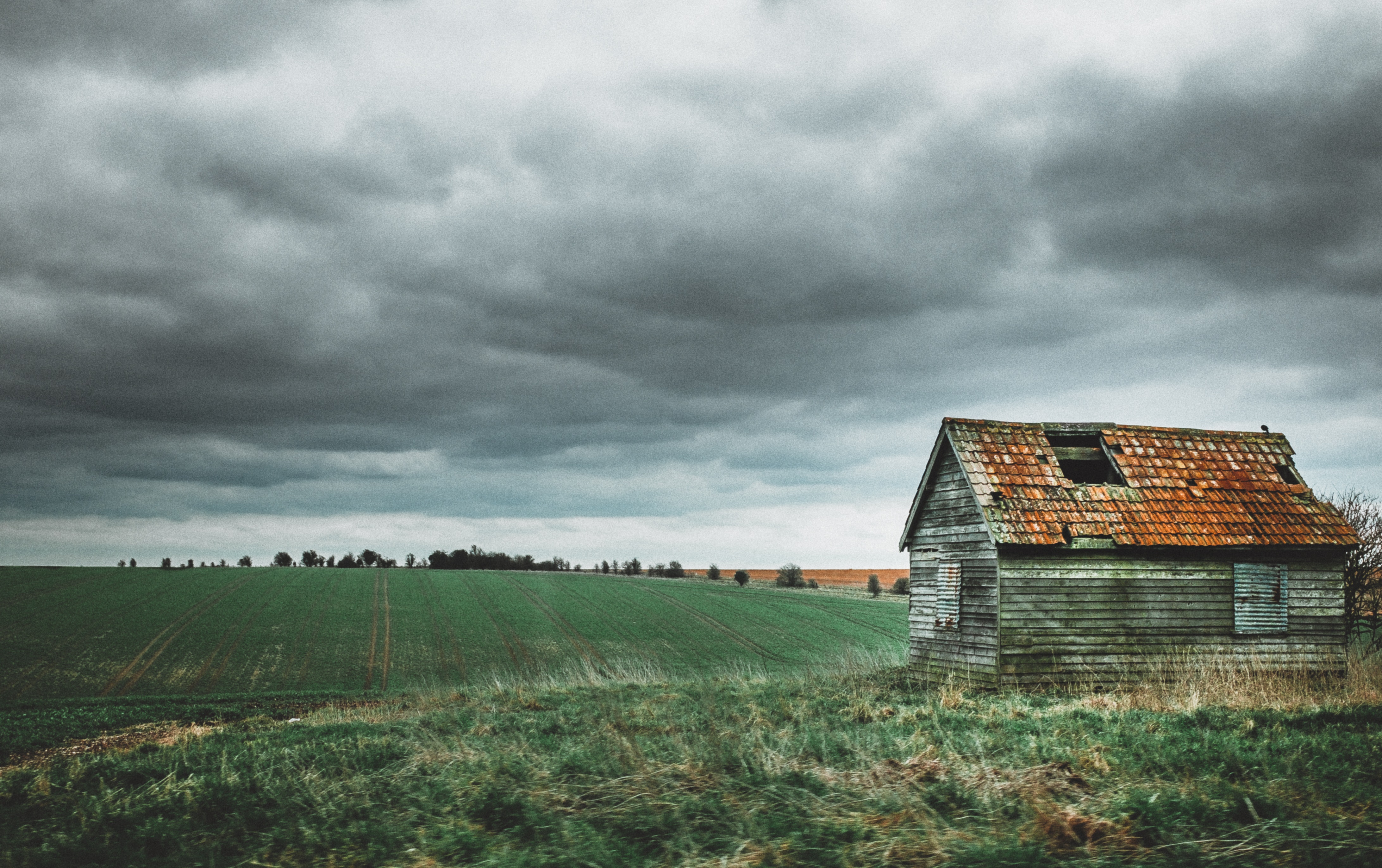Colonies of Wealth
Posted by Marcus Yoder on 11th Jun 2018

We began the journey east into Russia as Dutch and German Mennonites settled in the Ukraine under the invitation of the Russian government. Here they were granted large parcels of land, and colonies developed. These were not communal colonies like the Huttterites; rather, each family was given a parcel of land that was their own. Most of the people lived in small villages and traveled to their land, which they farmed. As the colonies grew, new villages were started to keep the people close to their farms.
This pattern follows an age-old European tradition where families often did not live directly on the lands they farmed. This was for safety and also allowed the best land to be farmed rather than settled in villages. Since the Chortitza colony was first settled in 1788-1789, it was often called the “old Colony.” At its peak, the colony owned 405,000 acres and had a population of 14,000 people in 19 villages. Each family who initially settled here was given 175 acres. The people could farm or develop other economic structures, such as factories and shops. The government promised these people freedom in religious matters, but they were not permitted to try and convert their non-Mennonite neighbors. They were exempted from military service and not forced to swear oaths.
It appeared as though the Mennonites had finally found their place. Here they farmed, worshiped, and raised their families. As the colonies grew, they appealed to the government for more land, and other colonies were developed. By the late 1800s, the Mennonites owned several million acres of land and were a significant factor in the agriculture industry in Russia. By the early years of the 1900s, there were over 100,000 Mennonites in these Russian colonies, with none of this growth coming as a result of outreach, but rather family growth and resettlement by other Mennonites.
Mennonites developed not only farms and farm-related businesses, but also numerous factories and businesses, and at their height, they accounted for over six percent of Russia’s industrial output. Some of the factories and farms employed hundreds of people, including Russian peasants and other Mennonites. Their villages were well developed, and many of the wealthier Mennonites lived in large brick homes, with magnificent gardens and orchards. Old people’s homes, orphanages, schools, and hospitals were started to take care of their own people. These colonies were often seen as model success stories and were noted as the “most prosperous and well-developed rural communities in all of Russia.”
Since each colony was responsible for not only their religious governance but also their civic world, they soon became enclaves of culture much different from the Russian world that surrounded them. In order to hold office in the colonies, one needed to be a Mennonite, which resulted in a small group of men who had tremendous power and influence. This murky relationship between religious and civil government is ultimately what led to the demise of the Russian Mennonites.
The first fissure that developed within the group was in 1814, about 25-30 years after the group had moved to the colony. A small group felt that the spiritual life of the church was beginning to diminish. Of specific concern were the lack of personal and corporate morality, the power that some of the leaders used in punishing civil crimes, and the support of the Russian military through taxes, etc. This group became known as the Kleine Gemeinde (small church), a name they continued as they later emigrated to Canada and the Americas.
Like the Hutterites, the Russian Mennonites grew rapidly and had a tremendous financial, cultural and social influence on the society around them. And like all groups that focus on self-governance and isolation, the colonies grew rapidly but faced unique issues that would eventually lead to their demise. It was these issues that would eventually lead their neighbors to retaliate and strike against them. That is story that will come a bit later in history. For now, we leave them in their colonies and move back to America to see what has become of their spiritual cousins, the Amish and Mennonites who had Swiss and South German roots.
